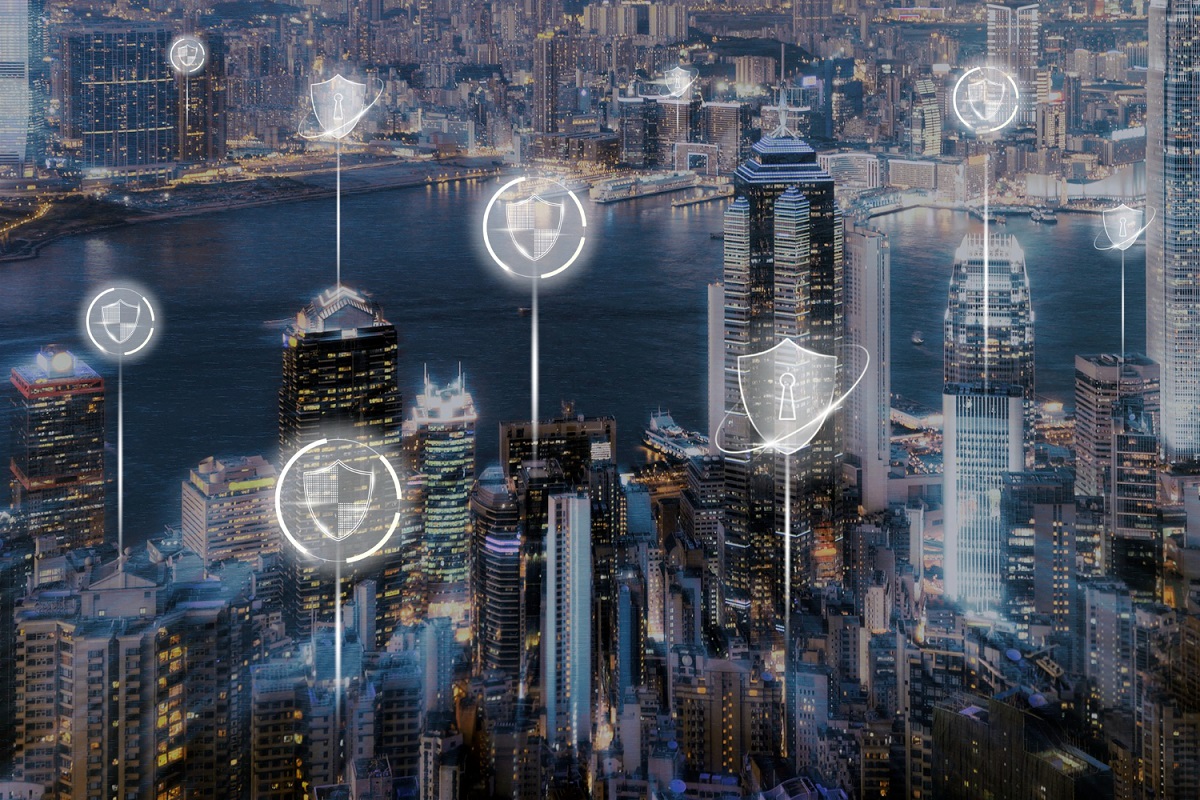
The rapid shift to the cloud resulted from necessity because of the increase in remote workers and changing customer needs that demand more agility for the business.
According to Forrester, 94 percent of US enterprise infrastructure decision-makers utilize at least one cloud-based deployment model.
While there is a trend for cloud-native systems, in reality, many enterprises will continue to keep the “crown jewels” or critical systems in private clouds or on-prem and rely on cloud services for business processes and customer support.
The hybrid cloud model requires a contemporary, unified approach to cybersecurity that protects essential data and application development without affecting operational processes and delivery workflows.
This article reviews essential hybrid cloud developments, security myths, and strategies to increase cybersecurity proficiency.
Major Hybrid Cloud Security Issues
 Despite the growing acceptance of cloud-based applications and services, There’s still much doubt about managing cyber risks using a hybrid cloud.
Despite the growing acceptance of cloud-based applications and services, There’s still much doubt about managing cyber risks using a hybrid cloud.
The list of common concerns is avoiding expensive data breaches and ensuring the requirements of Security and CISOs.
Read: What is a Cybersecurity Maturity Model?
Protection of data
Within a cloud hybrid system, the data flows continuously between public and private cloud services, which puts the data at risk of becoming corrupted or intercepted.
It could even be lost. Because cloud services require internet connectivity, it’s likely to be accessible to anyone connected.
If you leave the Amazon Simple Storage Service (S3) bucket open for public access, the data you transfer to that bucket could be accessed by programs and other tools and pose a significant security threat.
Compliance
The data transfer between networks creates compliance challenges. Take this example where a hospital has electronic records that can be saved and accessed by authorized users on any device.
They also must meet HIPAA regulations, which means they must prove they have the necessary safeguards to secure electronic records.
Combine this with a massive hybrid cloud environment, and you can observe how even the tiniest error could result in legal action or fines.
3 Hybrid Cloud Security Components
Although managing private or public-private clouds might be more accessible, they still need to meet the exact security requirements.
To simplify the method of the security of hybrid clouds, I’ve listed three key elements: physical, administrative, and technical, as well as the security of supply chains.
Let’s review how to effectively reduce cyber-related risk and secure your hybrid cloud from every angle:
#1. Security Administration
This part is based on the people and processes. It includes risk assessment processes, data protection policies, disaster recovery plans, and employee training. Two areas of focus are:
#A. Setting up new roles and responsibilities
In the hybrid cloud, there’s a shift in the roles of who’s responsible for what. Security, for instance, has become a joint responsibility in the development of apps.
In the past, developers could write applications compatible with the existing infrastructure, giving security teams more control over what that infrastructure is like to create a security baseline.
Now, developers are not just writing app code but also defining the infrastructure-as-code (IaC) they’re deploying, which shifts the control toward developers.
The solution is DevOps or DevSecOps, in which security is built into the entire DevOps process, from planning and writing code to testing to deployment, without affecting any part of the process.
B. Enhancing access controls
According to Verizon, the human factor causes 82 percent of data breaches. Thus, improving access controls through a zero-trust architecture is an excellent approach.
Zero trust is based on a “never trust, always verify” approach, in which devices and users should be allowed access to applications they are authorized to use in the first instance and after credentials are checked.
Access should be constantly monitored for any user or device changes. Access can be ended if the risk is greater than the predetermined thresholds.
#2. and Technical Security. and Technical Security
You are responsible for the security of your internal infrastructure for private and on-prem cloud storage.
It is recommended to adhere to the security guidelines for your network, which include cameras, locks, biometric authentication, ID verification, and more.
On a larger scale, the difficulty of implementing a sound security system comes from a lack of transparency across all your cloud.
Many companies use multiple clouds; IBM expects the average enterprise to utilize ten cloud services in 2023.
This mixture of private, public, and on-premises resources makes maintaining and gaining complete visibility difficult but essential to ensure effective detection and response.
Companies that use various point products incompatible with various cloud environments make this problem more difficult.
If you opt for the point-product approach, the visibility of your system will be severely compromised, making your systems vulnerable to attack and at greater risk.
Don’t be afraid; you don’t have to change your security system altogether. A common cybersecurity platform supported by third-party integrations that work well with your current security system gives you the complete security and visibility required to protect your cloud hybrid.
#3. Chain Security Supply Chain Security
DevOps, software development, numerous third-party tools, and components are employed to accelerate the process and satisfy market demands. However, using these tools opens up new attack avenues for cybercriminals.
In a recent survey conducted by Venafi, 80 percent of those who responded stated that their businesses are susceptible to cyberattacks targeting supply chains for software.
Security capabilities to protect your hybrid cloud
Security capabilities are essential for your hybrid cloud’s safety.
There is a great deal of hype around hybrid cloud only and being born in the cloud companies, but the reality is that most businesses will ultimately be a hybrid cloud forever.
So, ensuring your vendor of choice can support both the cloud and on-prem solutions with a unified cybersecurity platform is vital.
Many companies claim to have a cybersecurity platform, but they’re usually just offering a package of on-demand point products for a discounted price.
An integrated cybersecurity platform collects and consolidates data across multiple clouds and on-premises environments, creating a single pane of glass for threat monitoring, detection, and response. In addition, a platform should continue to grow with your business.




